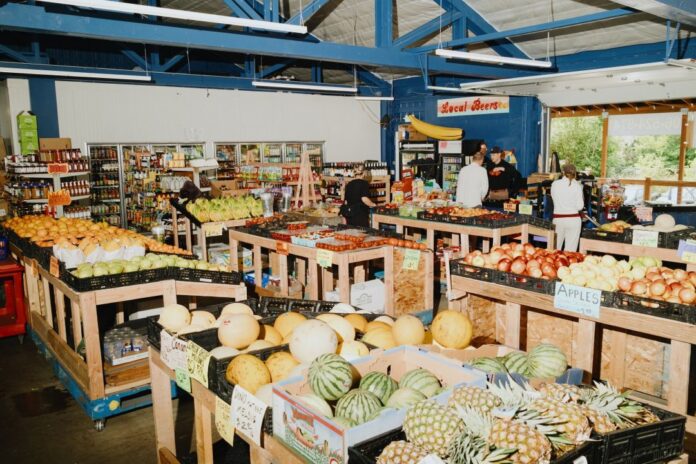This post was originally published on this site
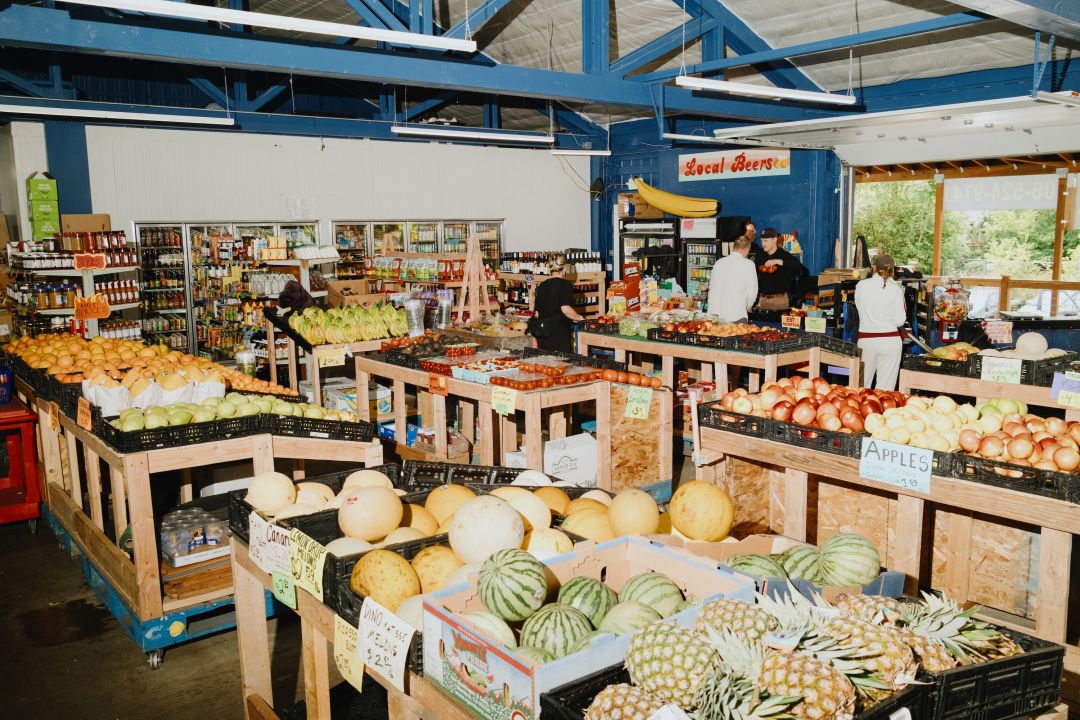
Though a fire tore through Rising Sun Produce in early 2024, it reopened by August.
Though the flames never entered the store, the fire that engulfed Rising Sun Produce in February of last year burned hot enough to melt the cash register and fill the Roosevelt space with smoke. Owner Bud Goodwin, who opened the shop in 1979, received the call from the fire department at 3:30 in the morning. “I thought that was it,” Goodwin says. “I didn’t see how we could recover from that.”
Just a few months earlier, across town in Beacon Hill, the colorful handwritten signs that normally advertised Rainier cherries or Skagit Valley berries announced that MacPherson’s Fruit & Produce was closing after 39 years in business.
In each case, the community lost a small treasure: an old-fashioned produce vendor that sold farmers market–quality fruits and vegetables at discount grocer prices. By the end of the summer, though, both stores reopened, buoyed and sustained almost entirely by support from their communities and the commitment of their owners—new and old.
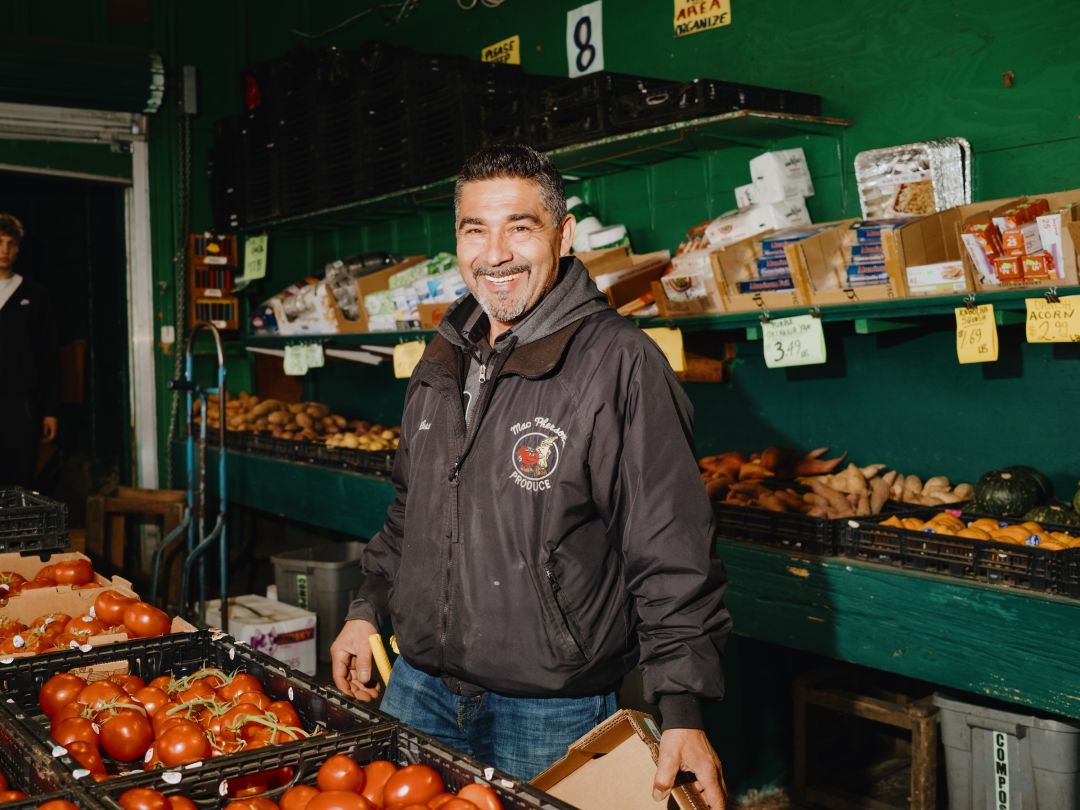
Flavor is the most important thing to MacPherson’s owner Elias Benitez.
After the fire, online fundraising for Rising Sun brought in more than $80,000. “Small donations from people that just wanted us to be here,” says Goodwin. The landlord put up $275,000 to restore the building—particularly impressive given the value of the land just a few blocks from the Roosevelt light-rail station. “He could have torn it down and put a high-rise. He chose; he wanted us here.”
Goodwin opened Rising Sun in 1979, after it became clear that he couldn’t afford to buy land for an orchard in Yakima. Instead, he started buying peaches and apples there and bringing them back to the city. “It was a no-brainer,” he says. “People enjoyed it so much that we just expanded from there.”
He supplemented seasonal local produce with items like bananas, California citrus, and Christmas trees. When he calls Rising Sun a convenience store, he means it in a very literal sense: “a convenience for the neighborhood, someplace they can pick up vegetables really easily.”
The fragile nature of produce gives Rising Sun, MacPherson’s, Ballard’s Top Banana, and other outposts like them far more life than the typical mini-mart. The glow of summer strawberries shimmers in a way Diet Coke does only in ads, the ethereality of August corn wields impressive power to inspire an impromptu stop. This is especially true at markets like MacPherson’s, which powers its affordable prices through small, precisely timed purchases from distributors.
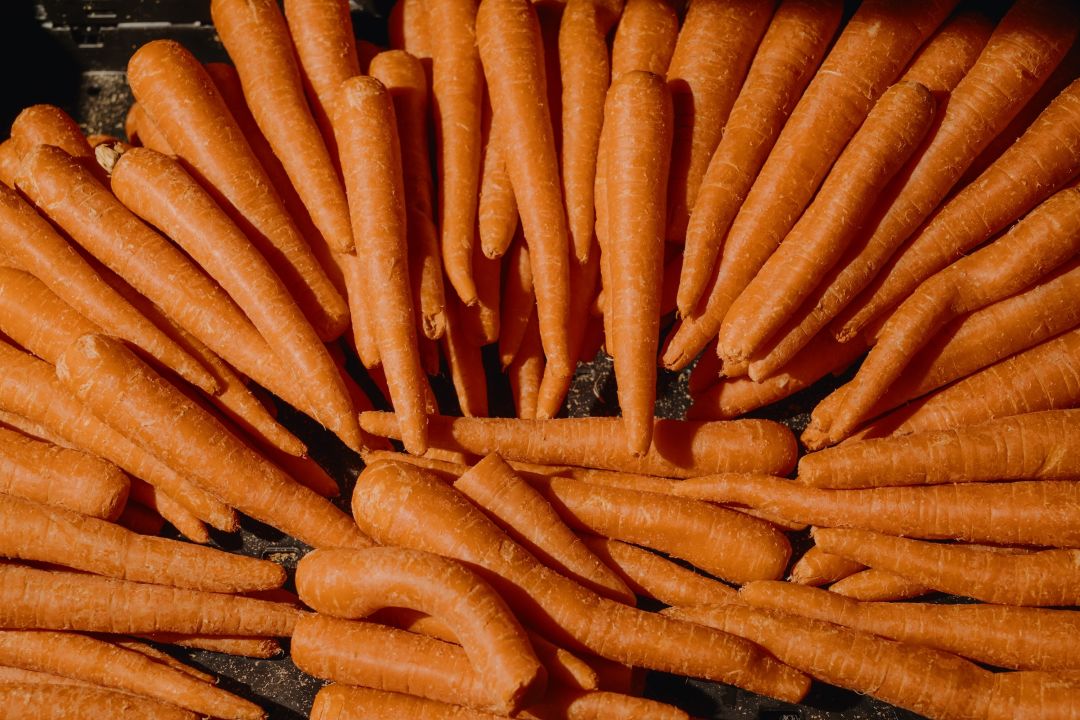
Rising Sun has the carrots you need for dinner tonight.
Greg MacPherson started selling produce in Pike Place Market in 1975, then opened the Beacon Hill store in 1984. A 2005 article in the Seattle Post-Intelligencer sheds light on how the former gas station became a produce shop: “He struck a deal with the property owner, Angelo Borracchini, who started collecting $10 from him every day, in person, until he let him move inside the gas station at the onset of bitter cold. Then, it was $20 a day.” (Borracchini came from the grocery business himself, having spent many years helping run his father’s iconic eponymous Rainier Valley bakery and market, a neighborhood favorite since the 1920s.) In 2010, MacPherson purchased the property for $1.7 million.
For almost 40 years, MacPherson sold a diverse array of inexpensive produce in a neighborhood that cherished it. Then, ready to retire, facing rising prices and falling sales, MacPherson closed up shop in October 2023.
“It was heartbreaking for the community,” says longtime customer Joshua Inoue. “They always had good fruit and greens,” he says, and he would pick up flavored honey sticks there for his daughter whenever she got sick.
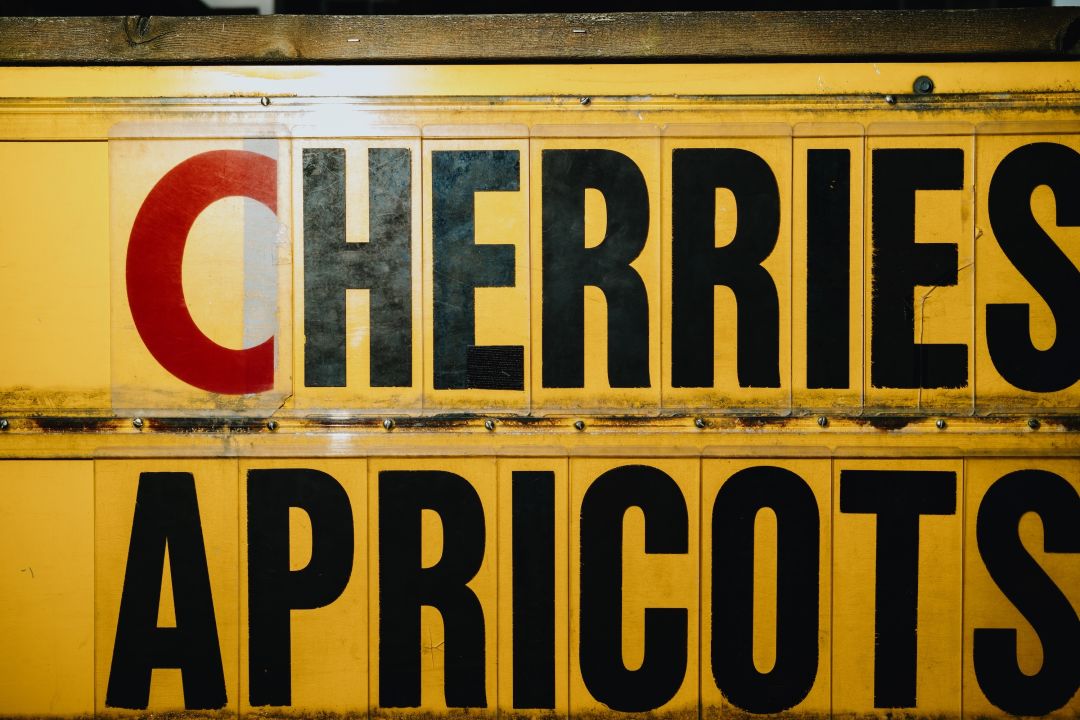
Rising Sun’s signs let customers know what’s in right now.
For 25 years, Elias Benitez worked at MacPherson’s. The buyer and manager was among the many people devastated by the store’s shuttering. “If I had the money I would just keep it open myself,” he told The Seattle Times. A few weeks later, MacPherson called Benitez and told him if he still wanted it, it was available. Much like MacPherson once rented from Borracchini, Benitez would lease the land from MacPherson.
In March 2024, the lights went back on at MacPherson’s. Customers stopped by to say how sad they were that it had closed; how thrilled they were it was open again. Through the slow winter season, Benitez and his wife managed the store without much help. They changed little when they reopened, just ordering in smaller quantities to make it easier to manage. More significant was what they kept the same: “The important thing is the flavor,” Benitez says. “You cannot sell cantaloupe that tastes like a cucumber.” He checks everything that comes in, sampling to make sure it meets his standards. What sets them apart from a supermarket, he says, is that customers can do the same. “I’ll let you touch, taste my grapes, or a mandarin, apple. You want to know how it tastes, I’ll let you taste it.”
While MacPherson’s reopened, Rising Sun worked toward doing the same, with a rising son on hand. Bud Goodwin’s son Virgil acted as chief carpenter, crafting new display stands for the store. He put them on wheels, looking for ways to improve the shop when it reopened in August 2024. Though Bud still does the books and buying, his son has taken over much of the rest of the work of running the store.
“You always want to do a little bit more,” says Bud. “But if you can get by and make people happy, that’s the most important thing.” Lucky for him (and his son and Benitez), the recent history of Seattle produce markets illustrates that what makes people happy is having a great place in their community to buy affordable fruits and vegetables.













